Robert Taylor and Ian Cofino both worked together at a studio called Outpost in Silicon Valley before founding Afterburner Studios in mid-2018. They both left AAA game development in order to pursue a passion project they cared about: Dreamscaper. The team started out making prototypes and had one up and running within a few months, with everything else snowballing from there.
A Kickstarter campaign for the game launched in 2018, and Cofino said that it was a marketing beat to get people to rally around the game: “It’s hard as an indie developer to build a community if you don’t have a presence beforehand. That was a huge part of it.” Afterburner Studios is self-funded, and the Kickstarter was a way to extend Dreamscaper’s runway so that the team could make the best possible version of the game.
The Kickstarter’s goal was $25,000, but the campaign ended with a little more than double that. The studio stuck to its playbook, iterating on the game and putting it into people’s hands by putting out alphas and betas. “Kickstarter was a great stepping stone and a platform to launch us in order to prove out some concepts before we actually dove right into a release on Steam,” explained Cofino.
Since launching Dreamscaper into Steam Early Access in August, the game currently sits at a 90% positive rating on the PC storefront, and the team couldn’t be happier. Cofino has gotten great feedback from the community, and the team is taking bits and pieces to make the game more exciting. The studio has primarily been focusing on quality-of-life improvements for Dreamscaper before its next big content drop launches on Oct. 2.
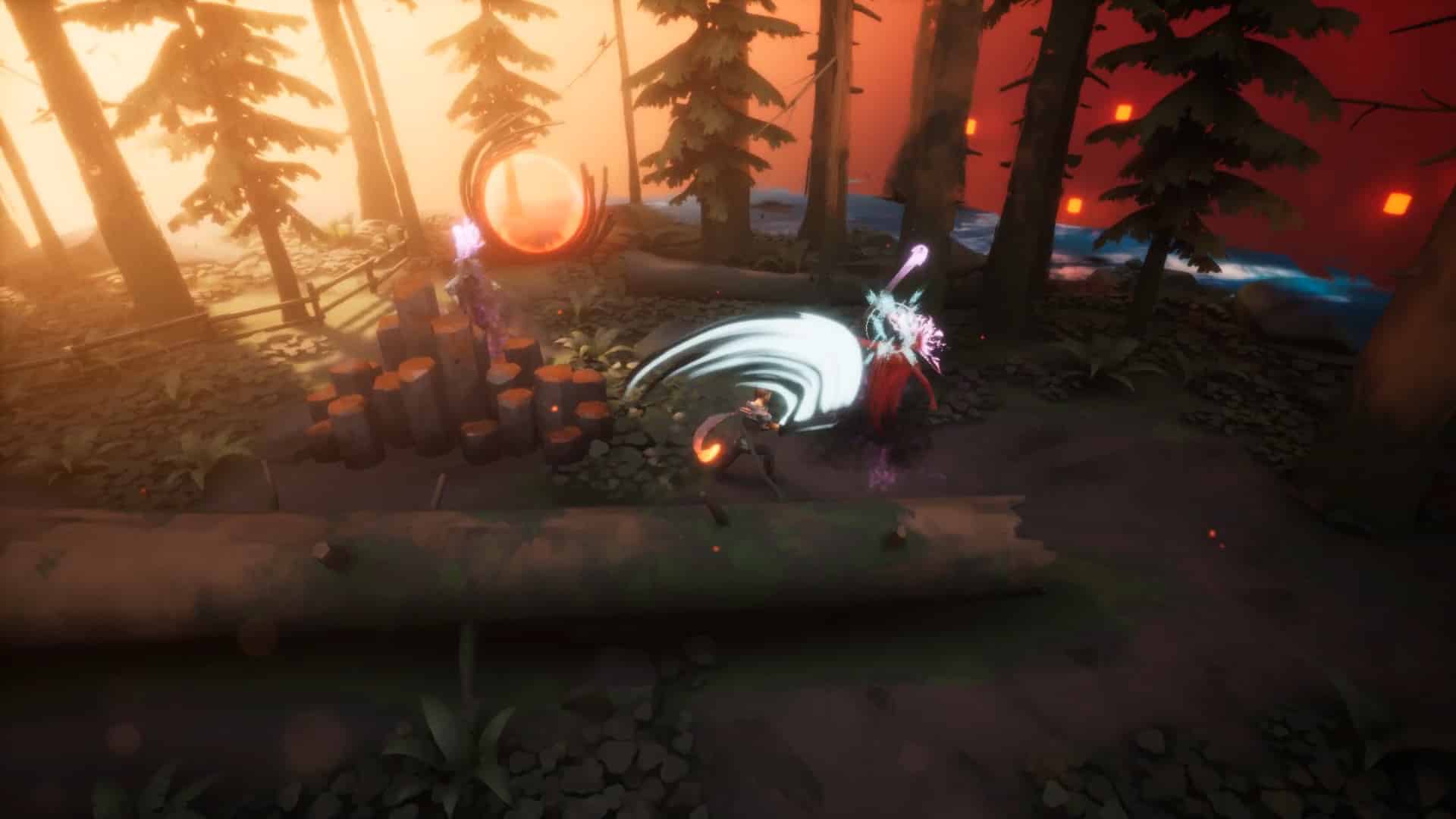
Taylor noted that there had been a small percentage of players experiencing hardware issues. The reason is that the game had been using an outdated version of Unreal Engine. They wanted to make Dreamscaper the best experience for their players though, even if that meant doing more work updating the engine. “We thought the best way to show our love for our players was to minimize all of the compatibility issues and take on the incredibly large workload of doing an update,” said Taylor. The update went out recently, resolving many of the technical issues that were previously out of their hands.
Dreamscaper is split into three gameplay segments: the roguelike aspect, the waking world social relationship building, and the combat. For the roguelike portion, among Taylor’s biggest inspirations was The Binding of Isaac, which he says is one of his favorite games ever: “We thought that we could probably do the next-generation version of The Binding of Isaac, with a different style of combat and high-fidelity graphics.” With the amount of time and resources that they had, the team thought that doing a roguelike game would be the best approach.
I mentioned that the waking world reminded me of Persona, and Taylor responded that almost everyone brings that up but that no one on the team actually ever played the series. However, Taylor cited Fire Emblem: Three Houses, a game that has similar social simulation elements to those in Persona, as one of the inspirations behind the waking world’s systems and features.
In Fire Emblem: Three Houses, you have the battles, as well as the relationship-building with students during the school week. They didn’t have the waking world in place at all on the Kickstarter campaign last year, and that was the game’s biggest missing piece. The waking world is also the portion of the game that the team would like to expand on the most during early access. “I’m going to try to pick up a PlayStation to see how Persona 5 actually operates and see if there are some learnings there that we can apply to our game,” said Taylor.
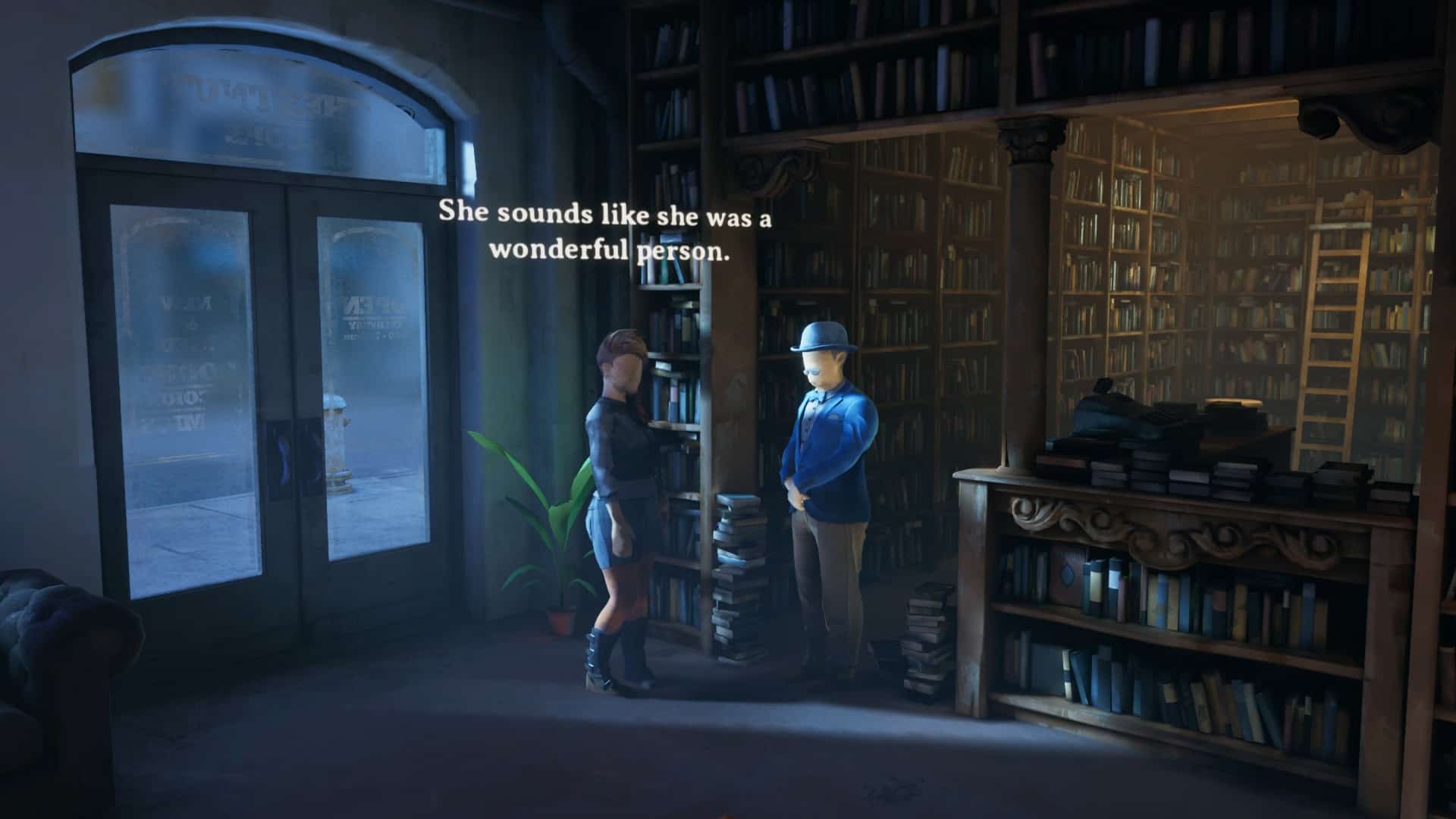
Cofino also said that in addition to Fire Emblem Three Houses’ gameplay structure, they wanted to tell a more mature story in a concise manner. Oftentimes when it comes to expanding content on a game, long filler inevitably happens. To that end, the team wanted to make sure that every moment that the main character, Cassidy, has with each character is meaningful. “That’s why a lot of these dialogue sequences are a lot shorter and snappier,” said Cofino. “We have fewer of them than you might have in a longer game, but everything you get is quality. That was really important to us.”
Cofino is a big fan of fighting games and used to play them competitively years ago. About them, he explained, “Generally sometimes the feel of the combat is not always as important as system design, so we wanted to marry those two together.” Dreamscaper’s combat aims to bring modern combat mechanics into a roguelike game. It opts for a minimal and streamlined version of gameplay systems so that the team can still go wide in terms of content and procedural variety.
Many indie studios just getting started go with a 2D design for their first game, yet Dreamscaper employs 3D design and strikingly so. Part of the reason why Dreamscaper utilizes fully realized 3D models is because it simply plays to the team’s strengths. Pixel art and 2D design just weren’t things they had much experience with. Paul Svoboda, Afterburner’s character and environmental artist, had a strong background in 3D settings. Taylor also added that the team is experienced with Unreal Engine in general, which is tailored for 3D workflows.
Many of Svoboda’s inspirations for the game’s art came from paintings. When someone has a dream, there are these feelings of intangibility and etherealness. The art style “also helps to soften and contrast the subject matter. It feels intimate and at the same time allows the depth in what the story and fiction would be by complementing it,” said Cofino.
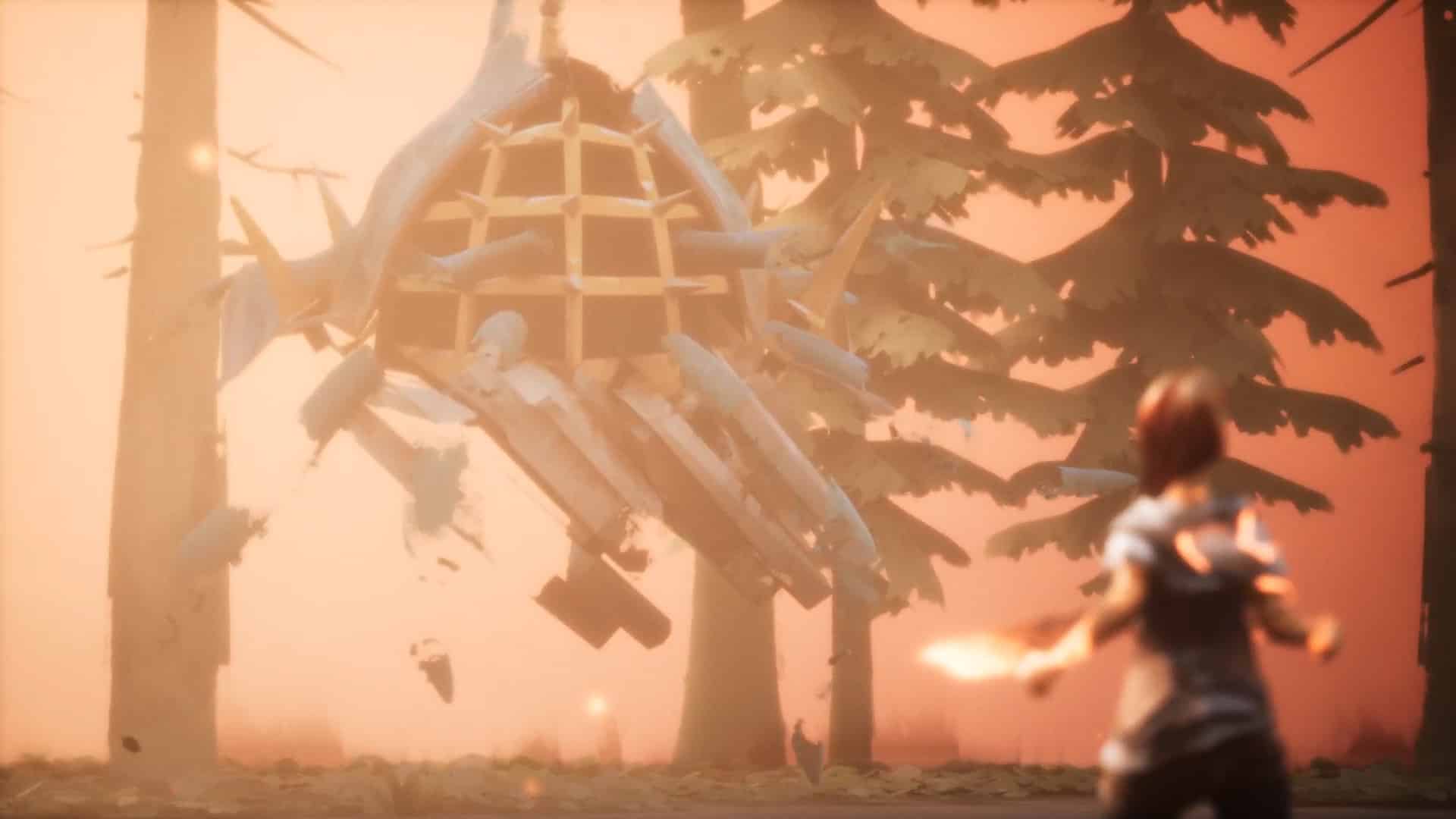
When it comes to designing enemies and bosses, the team wanted to tie all of Dreamscaper’s systems together. The story is about a young woman dealing with her own personal demons, so the idea was to use her emotions as a jumping-off point in order to inspire the bosses. Not only just their fiction, but the art style and fight mechanics as well.
Cofino said that he considers the story beats when designing a boss, as well as where Cassidy is at during this point in a dream cycle: “Every boss has a general theme and gives us a sandbox for us to play in. Hopefully that is conveyed to the player as they experience this over and over.” Dreamscaper tries not to be too explicit within the game, like mentioning “this is exactly who you’re facing” or telling what problem that Cassidy is dealing with at the moment.
Going forward, Afterburner Studios is really excited about future content updates for Dreamscaper. They particularly would like to add more entropy to the waking world — the amount of variety and different objects that can be switched and moved around.
“Today in Dreamscaper, you can travel to different locations, but it’s just a menu,” said Taylor. “It’s not super dynamic, so we would love it to be more like a roguelike exploration, going from location to location, and events can occur dynamically.”
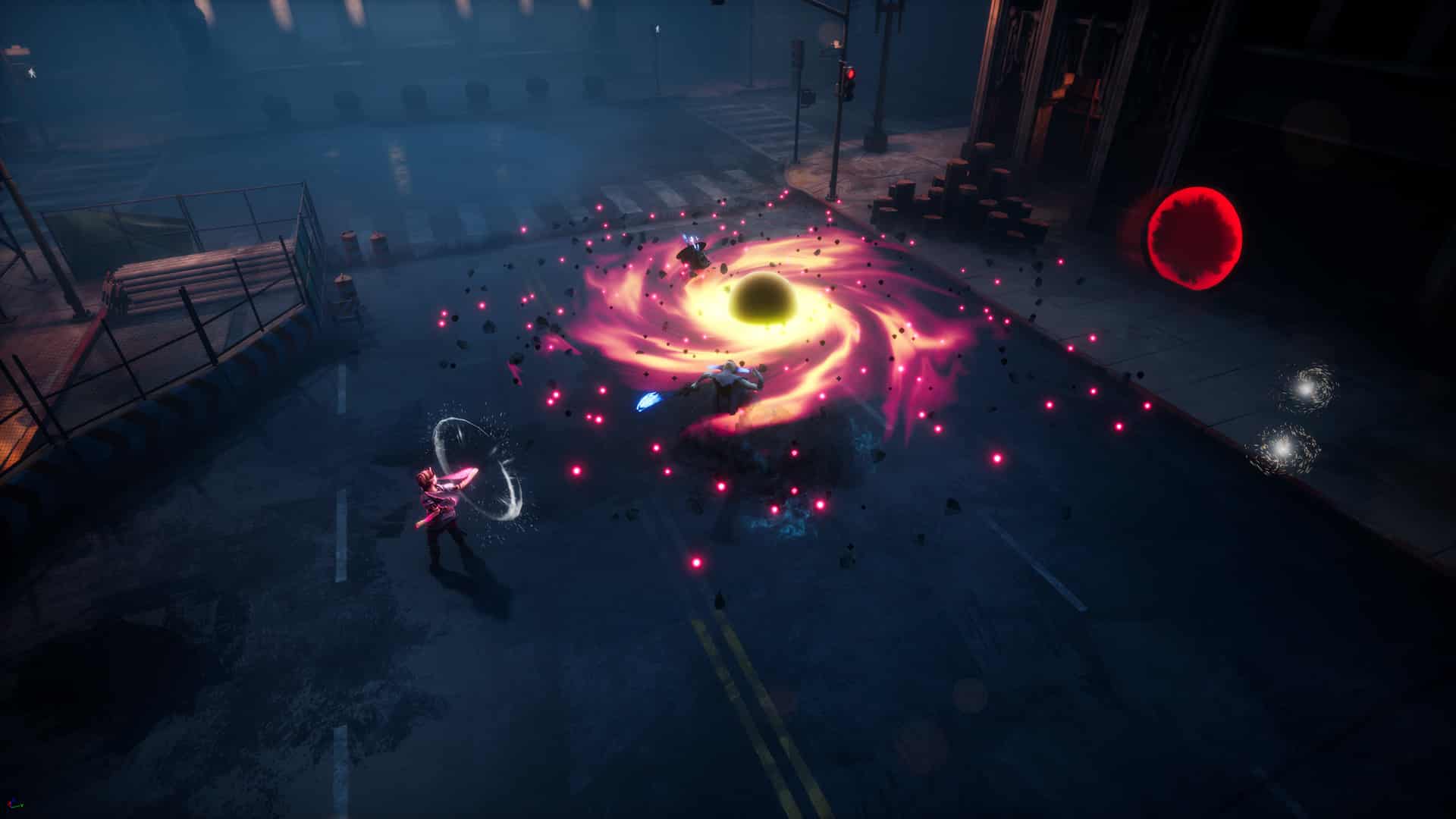
He added that they’re trying to build out a story in the waking world as well in order to provide more of a sense of linear progression. For example, they’d like to add interstitials between levels for the first time that help fill in gaps in the story. This will help players understand where Cassidy is in her life and how they connect to her next dream.
In addition to Steam Early Access, Dreamscaper has plans for a release on Nintendo Switch as well. Cofino said that they want to make the best version of Dreamscaper possible and will reevaluate Switch at the end of the game’s early access cycle, which is approximately 9-12 months from now. However, upgrading their version of Unreal Engine has also opened up more options when it comes to porting; they have the most current SDKs for every platform.
“Our early access launch was a real success for us,” said Cofino. “Not only did we validate that Dreamscaper is a market-viable passion project, but that a community of awesome players feel just as strongly about Dreamscaper and its continued development as we do.”
He reflected on what that means to Afterburner Studios: “We feel incredibly fortunate that we’re able to share something so personal with so many people who care deeply about it. For three developers who took a big risk to make something they believe in, there’s no better measure of success and has further fueled our creative fire to deliver above and beyond for the rest of early access.”

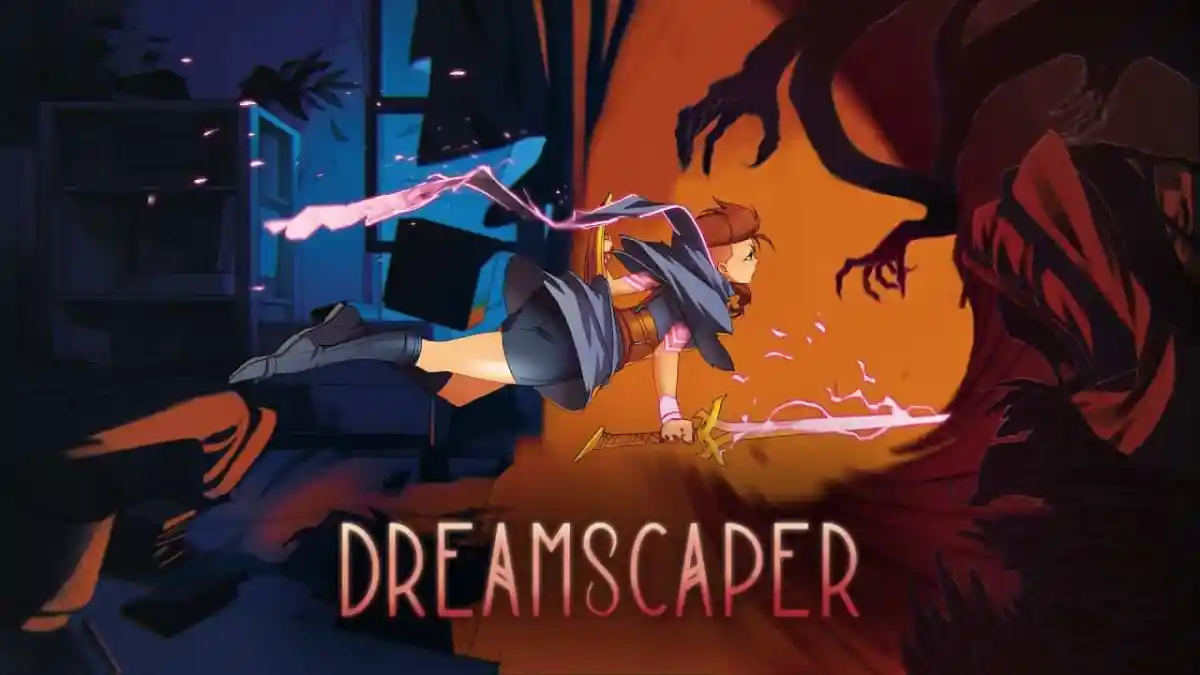




Published: Sep 28, 2020 01:21 pm